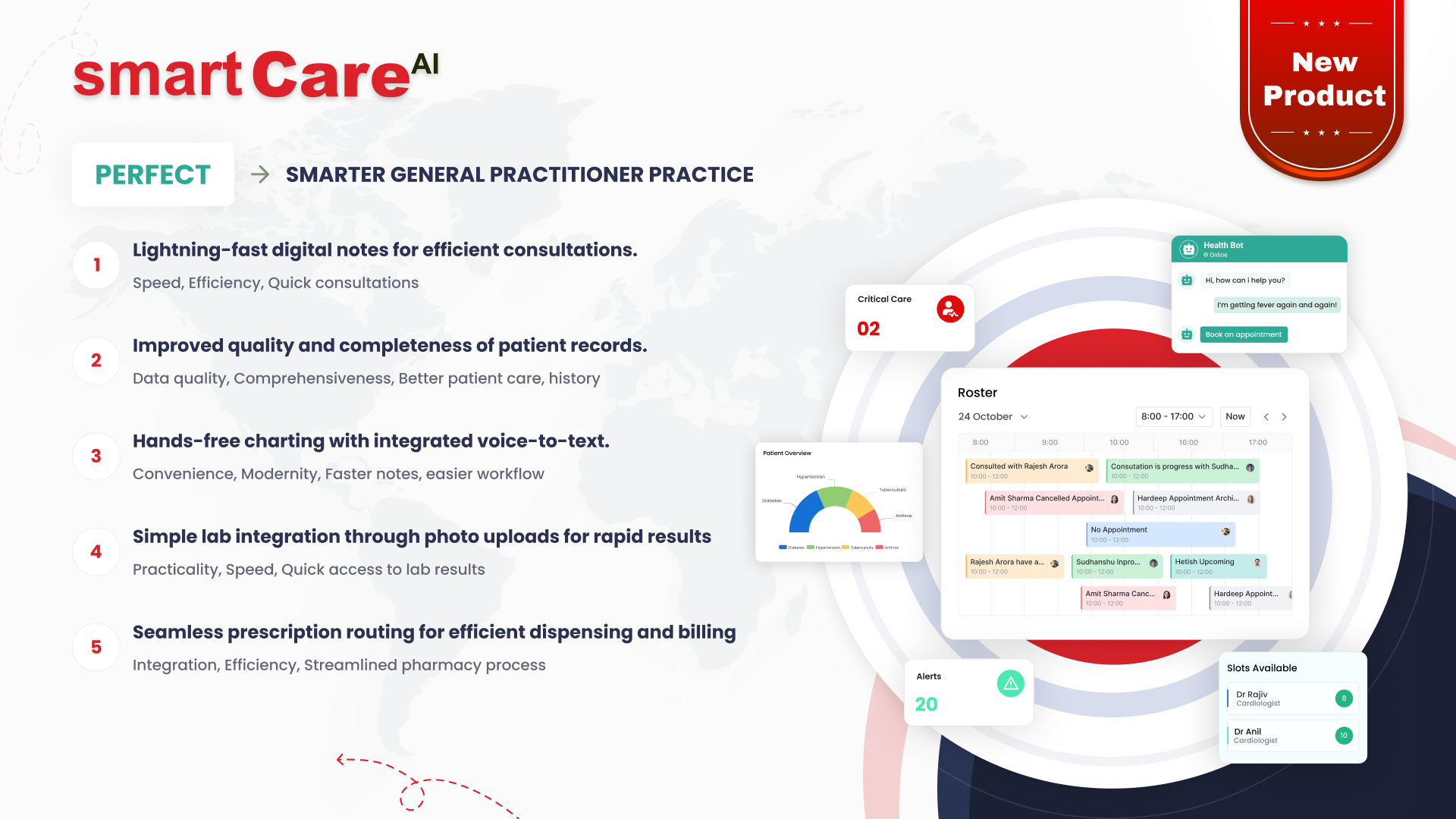
Posted On November 4, 2025
How Blockchain Can Ensure Safe and Transparent Medical Records
Understanding the Need for Security in Medical Data Management
In today’s digital healthcare world, managing and protecting patient information has become a serious challenge. Medical data is among the most sensitive information, and any breach can lead to major consequences, including identity theft and loss of patient trust. Traditional databases often rely on centralised storage systems, which are vulnerable to hacking and unauthorised access. As healthcare providers continue to digitise patient records, the need for a secure, transparent, and tamper-proof system has never been greater.
What Makes Blockchain a Game-Changer for Healthcare?
Blockchain technology is redefining how healthcare systems store and share information. Unlike traditional databases, blockchain operates on a decentralised network, where data is stored across multiple nodes. Each piece of data, or block, is encrypted and linked to the previous one, creating a permanent and verifiable record. This structure eliminates the risk of a single point of failure, making it almost impossible for unauthorised users to manipulate patient data. For healthcare organisations, this means improved security, data accuracy, and trust.
How Blockchain Ensures Data Integrity and Trust
One of blockchain’s strongest advantages is its ability to ensure data integrity. Every entry on a blockchain is timestamped and verified by multiple participants before being added to the ledger. Once recorded, the information cannot be altered without network consensus, providing a transparent and auditable trail of all transactions. This ensures that medical records remain accurate, complete, and traceable. For patients, it also builds confidence in how their health information is managed and used.
Enhancing Transparency Through Distributed Ledgers
Transparency is one of the key elements missing from traditional healthcare data systems. Blockchain’s distributed ledger allows every participant in the network – from hospitals and laboratories to insurers – to access the same version of data in real time. This reduces discrepancies and helps ensure that all stakeholders are working with consistent information. At the same time, encryption and access controls prevent unauthorised individuals from viewing confidential data, achieving a perfect balance between transparency and privacy.
Secure Data Sharing Among Healthcare Providers
Sharing medical records across multiple providers can often be slow and prone to security risks. Blockchain streamlines this process by creating a secure, verifiable, and permission-based system for data exchange. When patients move between doctors or hospitals, their medical history can be accessed instantly and securely, without relying on paper records or insecure file transfers. This not only saves time but also improves patient outcomes by ensuring that healthcare professionals always have access to the most accurate and up-to-date information.
The Role of Smart Contracts in Healthcare Transactions
Smart contracts are one of the most transformative features of blockchain in healthcare. These self-executing contracts automatically carry out agreed-upon actions once predefined conditions are met. For instance, they can automate the process of sharing medical data between hospitals and insurance companies after patient consent is verified. This eliminates manual paperwork, reduces administrative costs, and ensures that sensitive data exchanges happen securely and transparently. Smart contracts also reduce the potential for fraud or human error, allowing healthcare operations to become faster, more efficient, and trustworthy.
Protecting Patient Privacy with Encryption and Access Control
Patient privacy is at the heart of healthcare, and blockchain reinforces it through robust encryption and permission-based access. Each medical record stored on a blockchain is encrypted, ensuring that only authorised users can access or modify it. Unlike traditional centralised databases, blockchain allows patients to control who can view their health information, offering unprecedented transparency and autonomy. This means that a patient’s medical history cannot be shared without explicit consent, and any unauthorised attempt to alter the data is instantly detected, maintaining both privacy and integrity.
Real-World Examples of Blockchain in Healthcare
Several healthcare organisations and tech innovators are already adopting blockchain to strengthen data management and improve interoperability. For example, major hospitals are using blockchain networks to streamline patient record sharing across different healthcare systems. Pharmaceutical companies employ blockchain to track the authenticity of medicines, reducing the risk of counterfeit drugs entering the market. Additionally, blockchain-powered digital IDs are enabling patients to access their complete medical history securely from any healthcare provider. These practical uses demonstrate blockchain’s growing influence in creating safer and more transparent healthcare systems.
Challenges in Implementing Blockchain in Healthcare Systems
Despite its promise, the integration of blockchain into healthcare is not without challenges. High implementation costs, technical complexity, and the need for industry-wide standards often slow down adoption. Additionally, many healthcare providers are still hesitant due to concerns about scalability and compliance with data protection regulations such as HIPAA and GDPR. Overcoming these barriers will require collaboration among healthcare organisations, regulators, and technology providers to ensure seamless and compliant blockchain adoption.
The Future of Blockchain in Healthcare Data Management
The future of healthcare data management is increasingly tied to blockchain innovation. As the technology matures, it is expected to become the foundation for a more secure, efficient, and transparent medical ecosystem. Blockchain could help create unified patient profiles, enhance interoperability between systems, and foster patient-centred healthcare delivery. With advancements in AI and IoT, the combination of blockchain technology could further automate processes and improve decision-making, ultimately leading to safer and more connected healthcare experiences.
Conclusion
Blockchain is transforming how healthcare organisations manage patient data by making it more secure, transparent, and efficient. Its decentralised nature ensures that medical records remain tamper-proof while allowing authorised providers to access the information they need without compromising privacy. As data security and trust become more important in the digital healthcare landscape, blockchain offers a practical and reliable solution for the future of medical record management.
For more insights into secure and innovative healthcare technology solutions, visit https://smartdatainc.com/.
